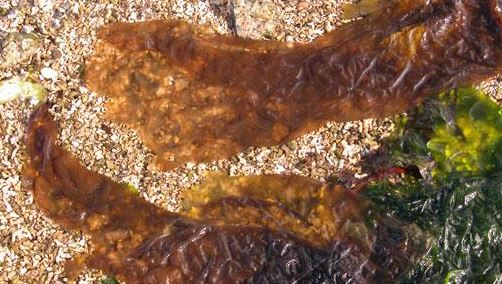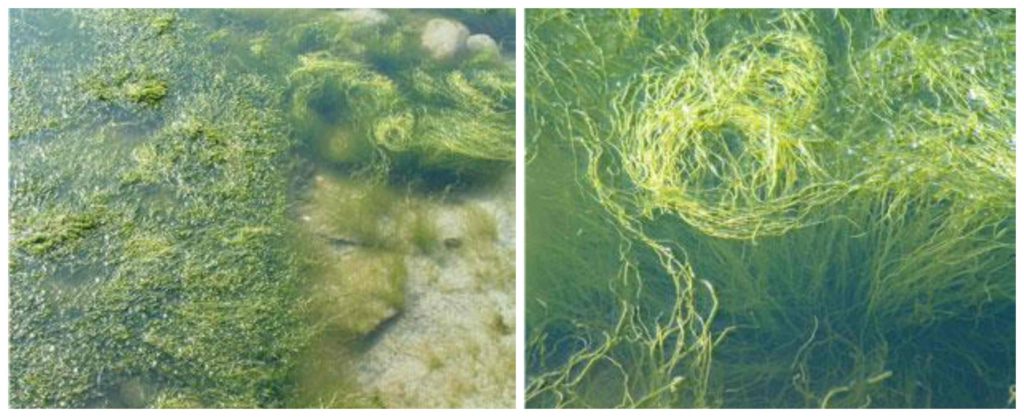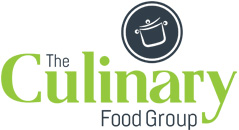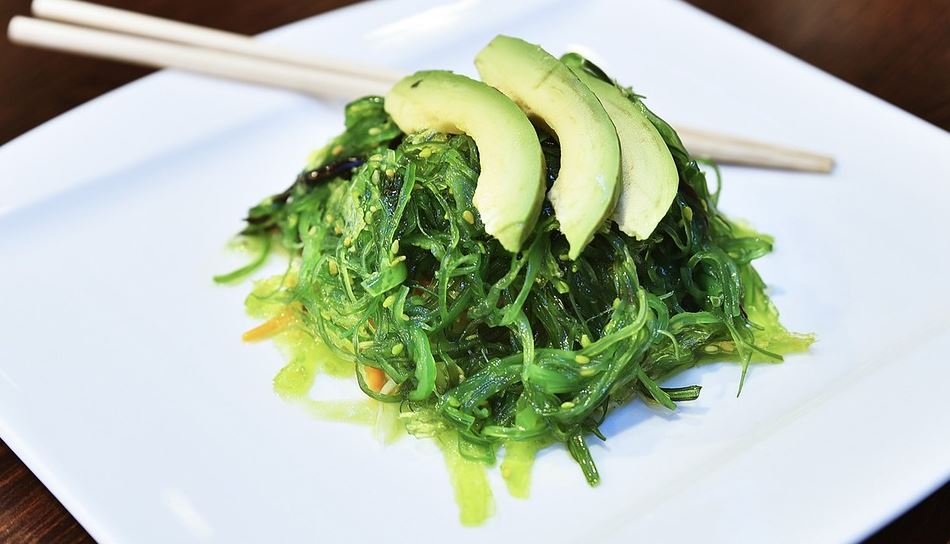Our chefs love getting out and about to sample new flavours and experience the latest food trends. Recently we visited Rathlin Island to sample some amazing seafood and fell in love with a variety of dishes that incorporated seaweed.
We use seaweed as a base ingredient in some of our natural stocks and sauces as it provides a delicious natural flavour enhancement to our products without the need for additional salt.
Our team were keen to learn more about the opportunity seaweed presents so we headed off on a seaweed field trip where the we found out lots of interesting information…..
Seaweed in Ireland – Deep Roots
Ireland has extensive coastline of over 3000 km and a rich history of farming seaweed that continues up to the present day. Evidence exists that marine plants have been gathered for food in Ireland since at least the Middle Ages, while the use of seaweed as fertiliser and animal fodder dates back at least several centuries.
In particular, Ireland’s Atlantic seaboard, consisting of exposed open coast interspersed with many rocky bays and indentations, provides an ideal environment for the settlement of seaweeds and is rich in seaweed resources. On the west coast of Ireland seaweed is the basis for a vibrant industry that provides valuable employment in coastal areas that are geographically remote.
Since the 18th century, when scientific investigations of Irish seaweed species began, over 500 different species of seaweed from Irish waters have been identified. Given the small area of the island, this relatively large number represents a very high diversity of seaweed for Ireland; France, with a considerably longer coastline and wider range of climates has about 690 species.
Seaweed in Food
Only a small fraction of Irish seaweed has so far been put to commercial use. A dozen or so of the larger species which together account for a high percentage of the overall seaweed biomass.
Their current uses fall into four main categories:
- Foods and food supplements (edible seaweeds are marketed as sea-vegetables).
- fertilisers and soil conditioners.
- Raw material for seaweed polymers (alginates).
- Cosmetics, body-care, thalassotherapy and medicinal preparations.
The list of commercially useful species changes over time and additional species will be added as more research is conducted into their benefits. It is expected that growth areas in seaweed use include biotechnology, body-care products and functional foods.
3 Major Seaweed Divisions
Large marine algae commonly known as seaweeds, are divided into three major phyla or divisions which are easily be identified by colour:
- Brown Algae (Phaeophycota)
- Red Algae (Rhodophycota)
- Green Algae (Chlorophycota)
Seaweeds are a large and diverse group of organisms with many different life-cycle strategies, a wide range of forms and occupy a range of habitats.
For example, in size alone brown seaweeds vary from a few centimetres in length to extremes of more than 60 m in the Bull Kelp forests of California, South America and Australia. The largest seaweeds in Ireland are more smaller reaching a maximum of 4-5 metres.
The three major divisions of large marine algae are listed below along with the most commonly used species from each.

Brown Algae
These are either olive-green in colour or any shade of brown from golden to dark brown. In Ireland 147 species of brown algae have been reported, of which the kelps and wracks provide most of the biomass and most of the commercially utilised species:
Kelps (Laminarians)
- Alaria esculenta
- Laminaria hyperborea
- Laminaria digitata
- Laminaria saccharina
Wracks (Fucoids)
- Fucus vesiculosus
- Fucus serratus
- Ascophyllum nodosum
- Pelvetia canaliculate
Other
- Himanthalia elongata

Red Algae
These show a wide range of colours from red or bright pink to a dark purplish-brown, to almost black. They are often bleached to a light brown or yellow in bright sunlight and can be confused with brown algae. Some develop a calcareous covering and resemble coral. Around 274 species of red algae are found in Ireland. Currently the commercially important species are:
- Palmaria palmata
- Porphyra spp.
- Chondrus crispus and Mastocarpus stellatus
- Asparagopsis armata
- Maërl spp. (Phymatolithon calcareum, Lithothamnion corallioides)

Green Algae
These are usually delicate plants with thin fronds of a grass-green colour. Approximately 80 species of green algae have been found in Ireland – the following are commercially important:
- Ulva lactuca
- Ulva intestinalis and U. compressa
- Codium fragile
Learn More about Seaweed
If you’re interested in using seaweed in recipes we’d love to hear from you so, please feel free to get in touch with us.

